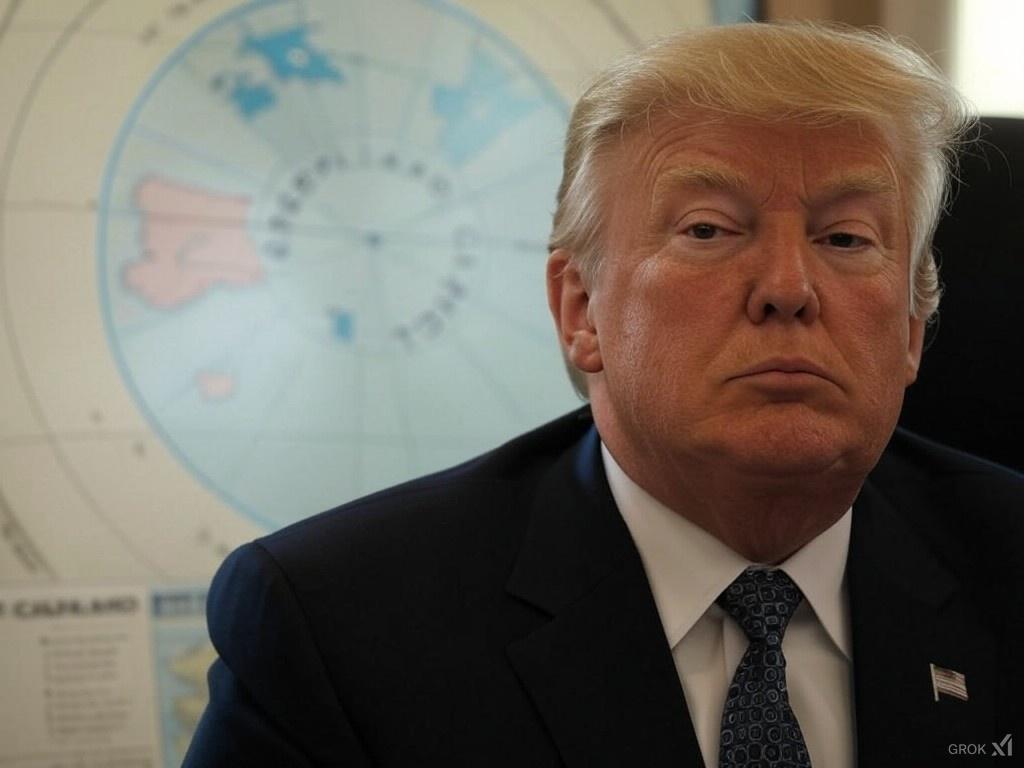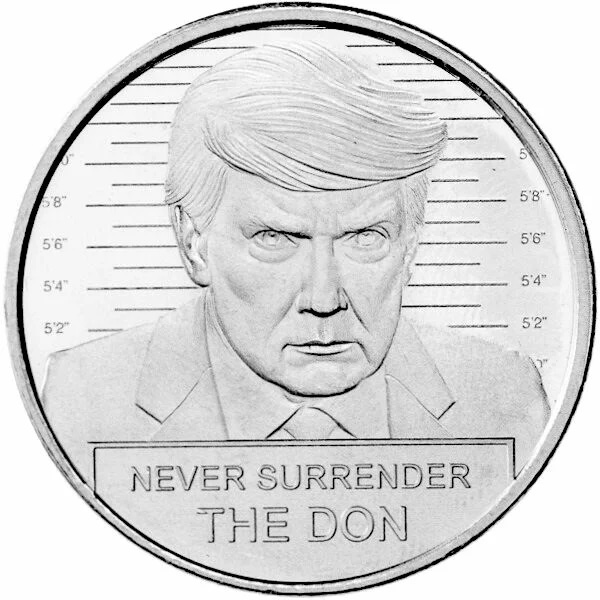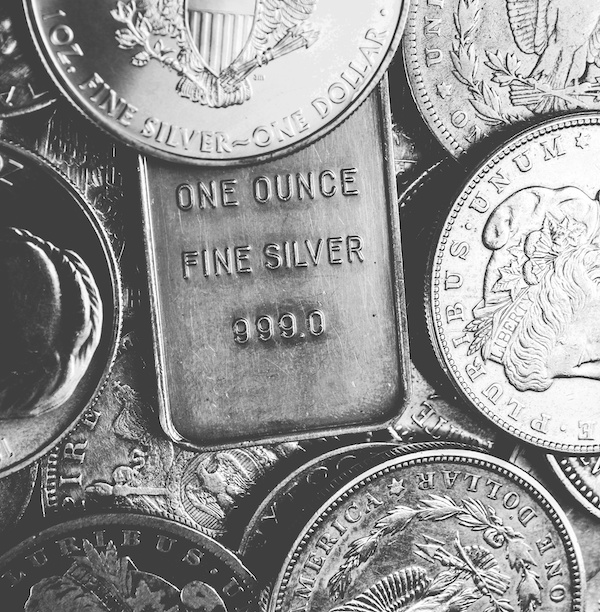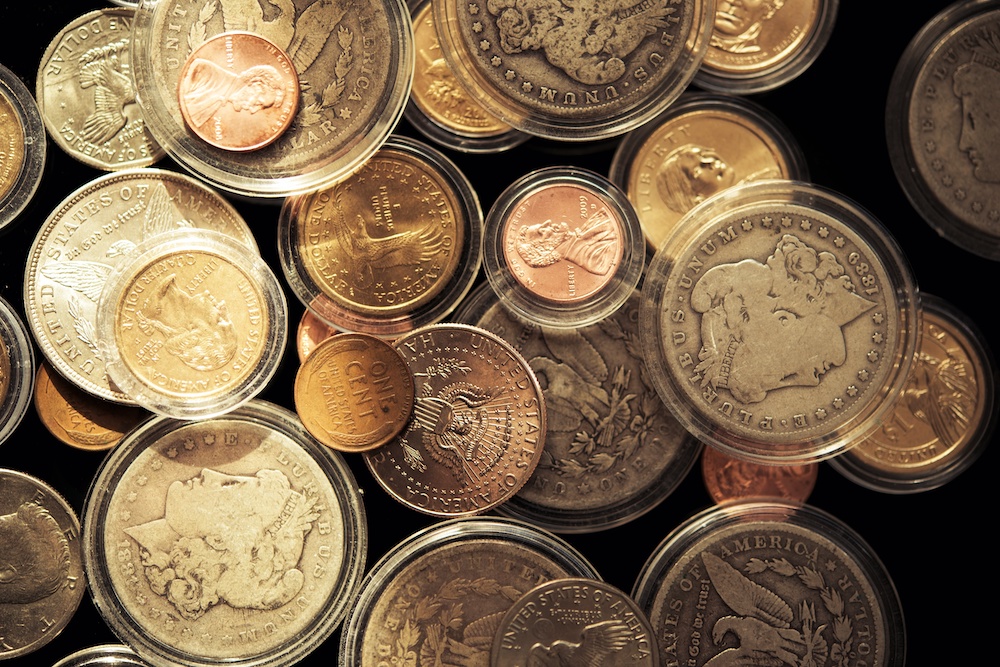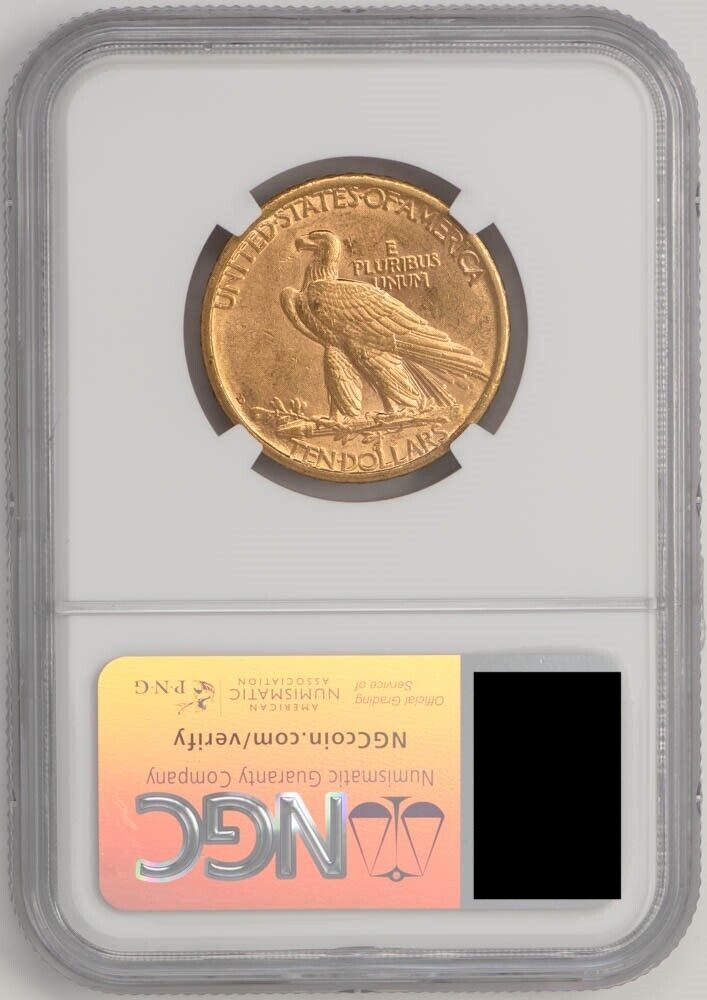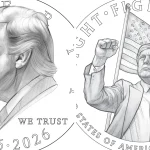Recent remarks and maneuvers by U.S. President Donald Trump have again brought Greenland and Canada into the spotlight of American territorial aspirations.
While Trump’s statements may seem surprising or humorous to some, they align with broader strategic considerations beyond politics. From vast natural resource potential to national security interests, here’s why Trump might view Greenland and Canada as key real estate for the United States.
A Wealth of Precious Metals and Minerals
North America holds substantial unmined precious metal resources, and Greenland and Canada are integral to that endowment.
Greenland’s Gold and Minerals
Greenland has shown promising indicators of gold, silver, and platinum group metals (PGMs)—though it’s under-explored. Estimates suggest ~20 tonnes of gold and ~50 tonnes of silver remain unmined, alongside more minor but potentially significant PGMs.
Greenland holds significant potential for rare earth elements in several areas. Development is challenging due to Arctic conditions and limited infrastructure, but successful extraction could reduce global dependence on established REE producers.
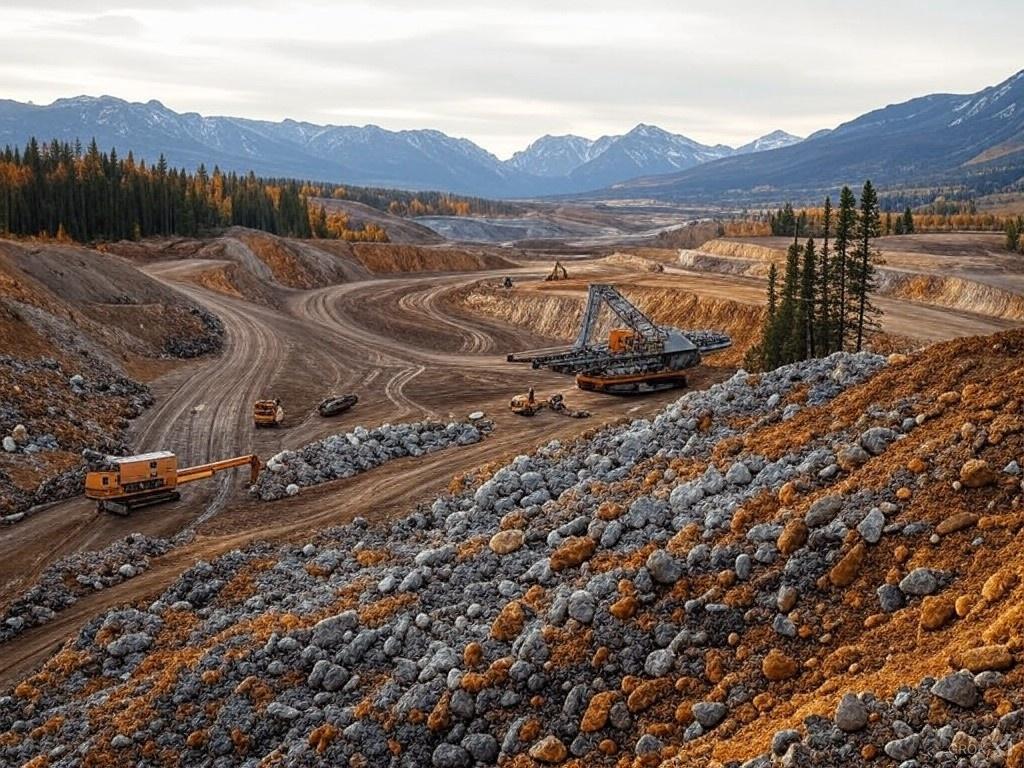
Canada’s Gold and Minerals
Canada boasts far more extensive deposits, with approximately 2,000 tonnes of gold still in the ground. Its silver resources, estimated at 7,000 tonnes, are often found alongside gold or base metal ores. Canada also contains ~220 tonnes of PGMs, particularly in the Sudbury Basin and other mining regions.
Beyond precious metals, strategic minerals such as rare earth elements (REEs), nickel, cobalt, lithium, and uranium are increasingly vital to high-tech manufacturing, clean energy, and defense applications.
Canada is known for its nickel, cobalt, and uranium resources, in addition to emerging lithium prospects and already has a well-established mining sector to provide the infrastructure and expertise needed to exploit these strategic reserves.
By floating ideas of territorial acquisition, Trump highlights the United States’ desire for reliable, domestic-adjacent sources of minerals that underpin everything from electric vehicle batteries to advanced military hardware.
Strategic Geography and National Security
Trump has repeatedly underscored Greenland’s strategic location in the Arctic, calling the island’s acquisition an “absolute necessity” for the United States.
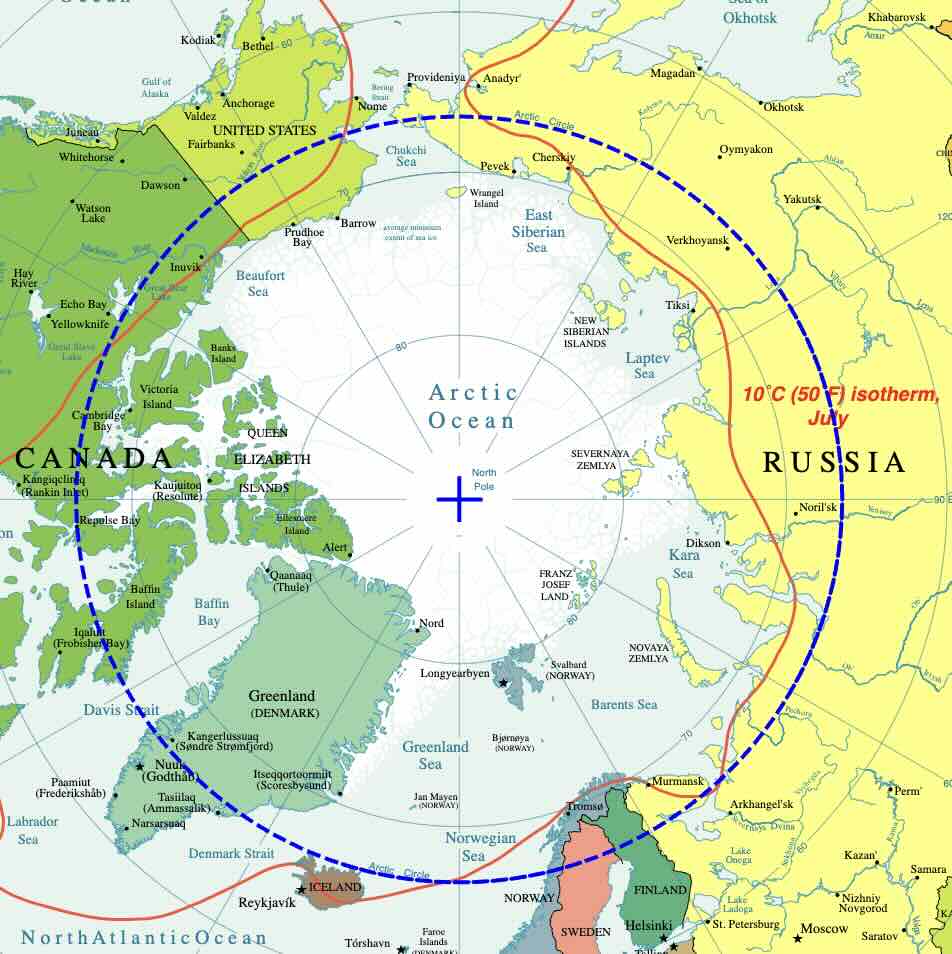
Beyond raw materials, Greenland’s position offers potential advantages for defense infrastructure and monitoring of North Atlantic routes. With climate change opening new maritime paths, control over Arctic corridors could boost America’s military and economic influence.
Similarly, Canada shares the world’s longest undefended border with the United States. Gaining more direct control—if only in theory—could yield perceived security and economic benefits, from enhanced border management to further integration of cross-border trade.
While Trump’s rhetorical references to Canada as the “51st state” or calling Prime Minister Justin Trudeau its “governor” are provocative, they signal an interest in tightening U.S. influence over a significant resource-rich neighbor.
Estimated Unmined Gold in the United States
Determining how much gold remains in the ground is part science, part estimation. The U.S. Geological Survey (USGS) provides periodic assessments of “identified” (reasonably assured) and “undiscovered” (geologically hypothesized) gold resources.
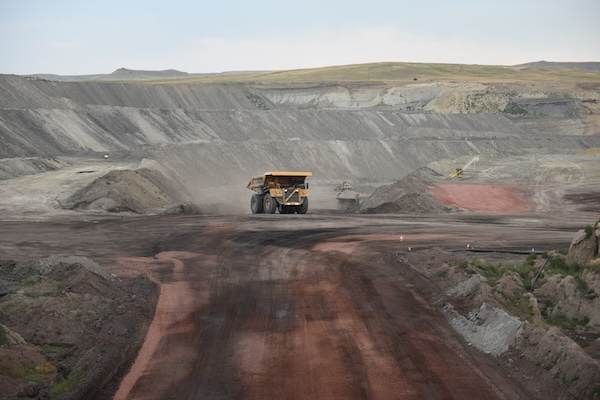
As of recent USGS assessments, the United States has roughly 3,000 metric tons, roughly 96 million troy ounces of identified gold resources.
Additional, more speculative estimates exist for undiscovered gold in geologically favorable regions, which could significantly increase the total. However, these numbers vary widely and are often not included in official statistics until further exploration work is done.
Production Trends:
The U.S. typically ranks as the 4th or 5th largest gold producer globally (after countries like China, Australia, Russia, and sometimes Canada), producing around 5–6 million troy ounces of gold annually in recent years. This sustained output suggests that, while significant deposits remain, extraction costs and environmental considerations determine how quickly or profitably they can be mined.
